How Does an Air Conditioner Actually Work?
If you live in a warmer climate, you’re no stranger to the necessity of a properly functioning air conditioning system–and what life can be like if your air conditioner breaks down.
Not only are air conditioners great for keeping everyone cool, but they also help to regulate the humidity levels in a room, reduce airborne allergens, and create a more comfortable atmosphere. Pretty cool, right? (Pun absolutely intended).
But have you ever wondered what makes an air conditioner actually work?
Air Conditioners: Where Did They Come From?
Before air conditioning, people had to be creative and resourceful to stay cool during the summer months. Fans, open windows, and even “ice houses” were all popular choices to avoid the outside heat.
But, this changed when Willis Haviland Carrier invented his first air conditioner in 1902, which offered temperature control and humidity regulation for printing plants. His success led him to find “Carrier Corporation,” where he could start selling home and commercial units. His first invention was a bulky metal box with large fans inside, but over the years, air conditioners have taken on stylish and modern designs. The evolution of this technology has made cooling much more effective and efficient while blending seamlessly into any interior space – all thanks to advances in core components like fan blades, condenser coils, and evaporator coils.
What are the Types of Air Conditioner Units?
Today, a wide range of air conditioner units are available on the market. From central air conditioning systems to window-mounted models, each type of unit has its own advantages and disadvantages that you should consider before choosing one for your home or office.
Central Air Conditioners
Central air conditioners are a popular choice for both residential and commercial spaces. Central air conditioners use two components – an outside condenser unit and an inside evaporator unit.
Cassette Air Conditioners
A cassette air conditioner is similar to a central air conditioner in that it uses two separate units, one outside and one inside, but they differ in design. A cassette AC has an indoor unit mounted flush into the ceiling, making it nearly invisible within the room while still providing efficient cooling performance.
 Ductless Mini-Split Air Conditioners
Ductless Mini-Split Air Conditioners
Ductless mini-split air conditioners consist of an outdoor condensing unit connected via tubing to one or more indoor wall units that blow cooled air directly into the room without additional ductwork. Ductless mini-split ACs are great for smaller spaces like apartments or office cubicles where traditional window ACs won’t fit properly due to limited wall space.
Commercial Air Conditioners
Commercial air conditioners are industrial-sized units capable of cooling large areas quickly and efficiently and come with advanced features such as zoning capabilities that allow you to customize temperature settings based on specific areas of your building or workplace environment.
Window Air Conditioners
Window air conditioners are a better choice for small spaces like bedrooms or dorm rooms where installing a central air conditioning system isn’t practical. These all-in-one systems fit easily into most standard window frames and provide powerful cooling performance at an affordable price.
 Split Air Conditioners
Split Air Conditioners
Split air conditioners are similar to window air conditioners in that they both consist of two separate units – inside and outside – but split ACs offer more power, flexibility, and efficiency. Depending on your space needs, split ACs come in wall-mounted and floor-standing models.
Air Conditioner Parts
An air conditioner is composed of several parts that work together to remove heat from and cool the area they operate in.
Evaporator Coil
The evaporator coil is found inside an air handler or furnace, where its job is to absorb the heat from indoor air as it passes over. As a result of this warm air passing through the cold coils, water vapor will become liquid and drip off into a pan beneath them.
Compressor
The compressor, typically located outside near the condenser unit, serves as a pumping device for the refrigerant. Heat is released outdoors by compressing low-pressure vapor into high-pressure steam and then pushing it through the condenser’s coils. At the same time, cool liquid refrigerant returns indoors to repeat the cycle.
Condenser Coil
Positioned outward near the compressor, a condenser coil releases heat absorbed by refrigerant within your home. A fan above it pulls in hot exterior air to dissipate collected warmth outside where it belongs. Once chilled, insulated copper lines transport cooled liquid refrigerant back inside for reuse.
Expansion Valve
An expansion valve helps regulate pressure within an air conditioning system by controlling how much refrigerant flows through it at any given time. This part works in tandem with other components within your system, helping to ensure that all components are running smoothly and efficiently.
 Air Conditioning Cooling Cycle Steps
Air Conditioning Cooling Cycle Steps
Now, let’s get into the nitty-gritty: How does an air conditioner actually cool the air?
Air conditioners use a four-step process to remove heat from the air and make it cooler. Let’s break down each of those four steps.
- Refrigerant is pumped through the evaporator coil indoors, which absorbs heat from inside your home.
- The warm refrigerant travels outside to the compressor, where the refrigerant is compressed and heated up even more.
- The hot refrigerant then moves to the condenser coil, releasing its heat outdoors.
- Last: the cooled liquid refrigerant passes through an expansion valve and into the evaporator coil to start the cycle all over again.
This basic but efficient process is how air conditioners can provide cool and comfortable temperatures in your home or office space.
Efficient Usage Tips
Just like anything else in life, it’s important that your air conditioner works smarter and not harder (after all, straining your air conditioner can lead to damage. Not cool–in more ways than one!).
Here are our top tips on how you can use your air conditioner more efficiently:
- Schedule Regular Maintenance: Having your air conditioning system checked and serviced regularly can help you spot potential problems before they become bigger.
- Use Ceiling Fans: Running a ceiling fan along with the AC helps circulate cooled air throughout the room, allowing you to set the thermostat higher while still feeling comfortable.
- Make Sure Air Vents Are Unobstructed: Blocking air vents with furniture or other objects can limit the flow of cooled air and make your AC work harder than it has to. Make sure all air vents are unobstructed for maximum efficiency.
- Use Programmable Thermostats: Programmable thermostats allow you to set specific times for the AC to power on and off, helping you save energy when you’re away from home.
Air Conditioning Maintenance
Maintaining your air conditioning system is essential for reaching your unit’s life expectancy and optimal performance.
To guarantee that everything runs smoothly, get annual servicing from an experienced technician.
During a visit from Service Champions, we’ll assess potential problems such as clogged or leaking lines, deteriorated components, and inadequate airflow while tidying up the unit to banish dust and detritus, which may impede airflow and lessen efficiency.
Stay Cool With Service Champions
Now that you know how air conditioners work and how to use them more efficiently, you can be sure that your home or office space is always comfortable, no matter the temperature outside.
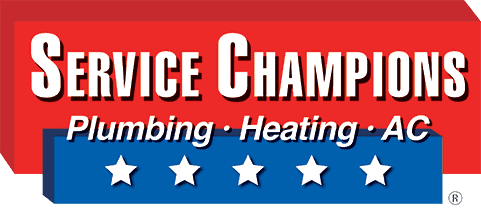
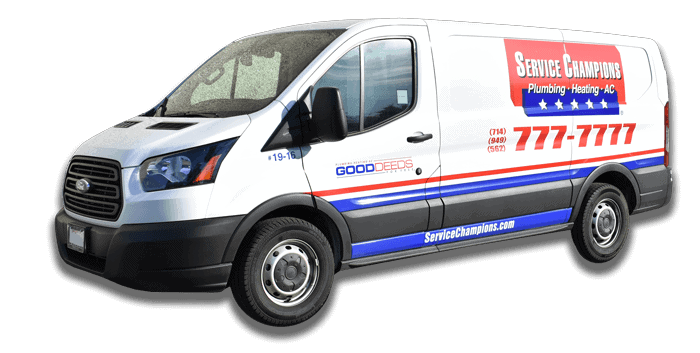
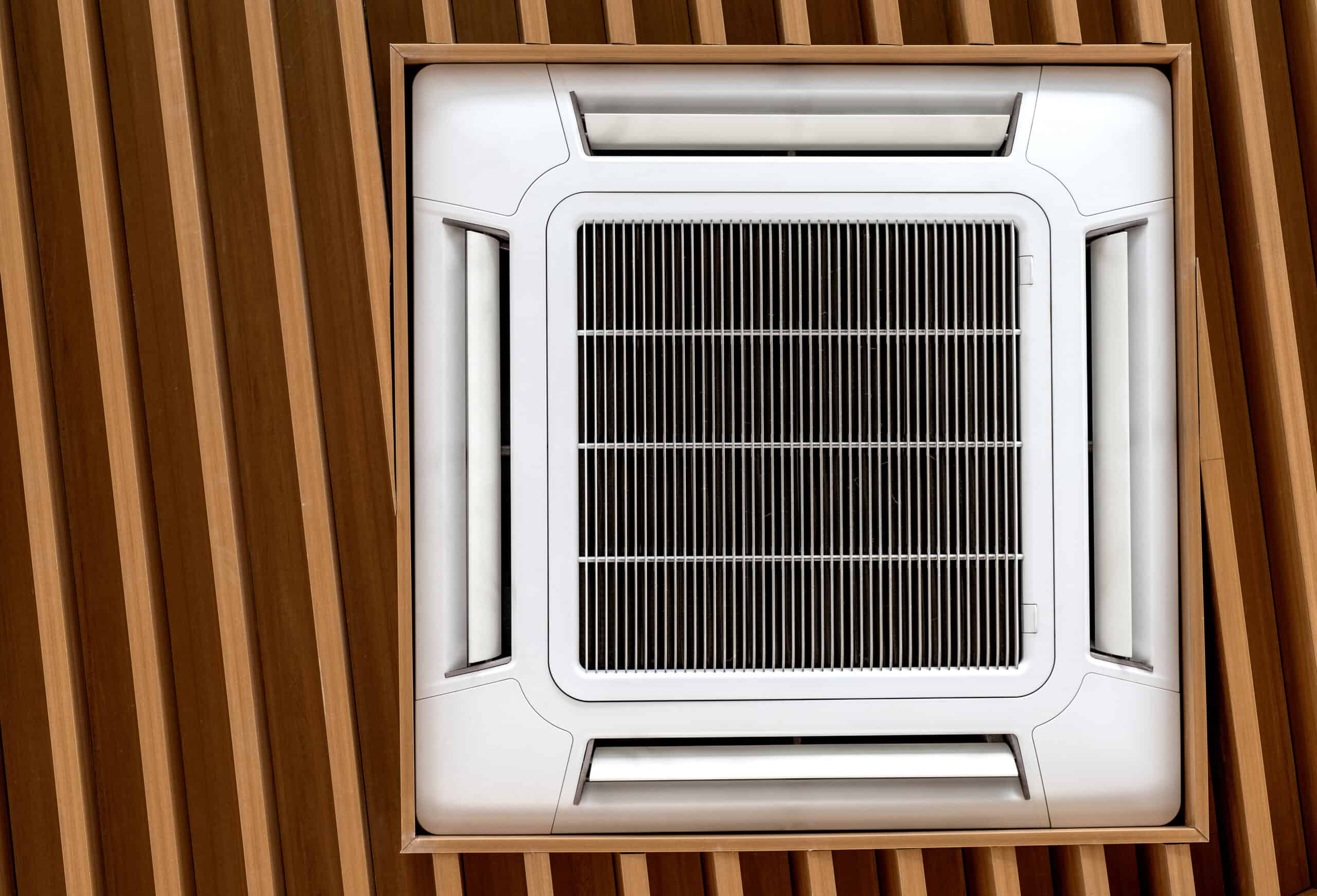 Ductless Mini-Split Air Conditioners
Ductless Mini-Split Air Conditioners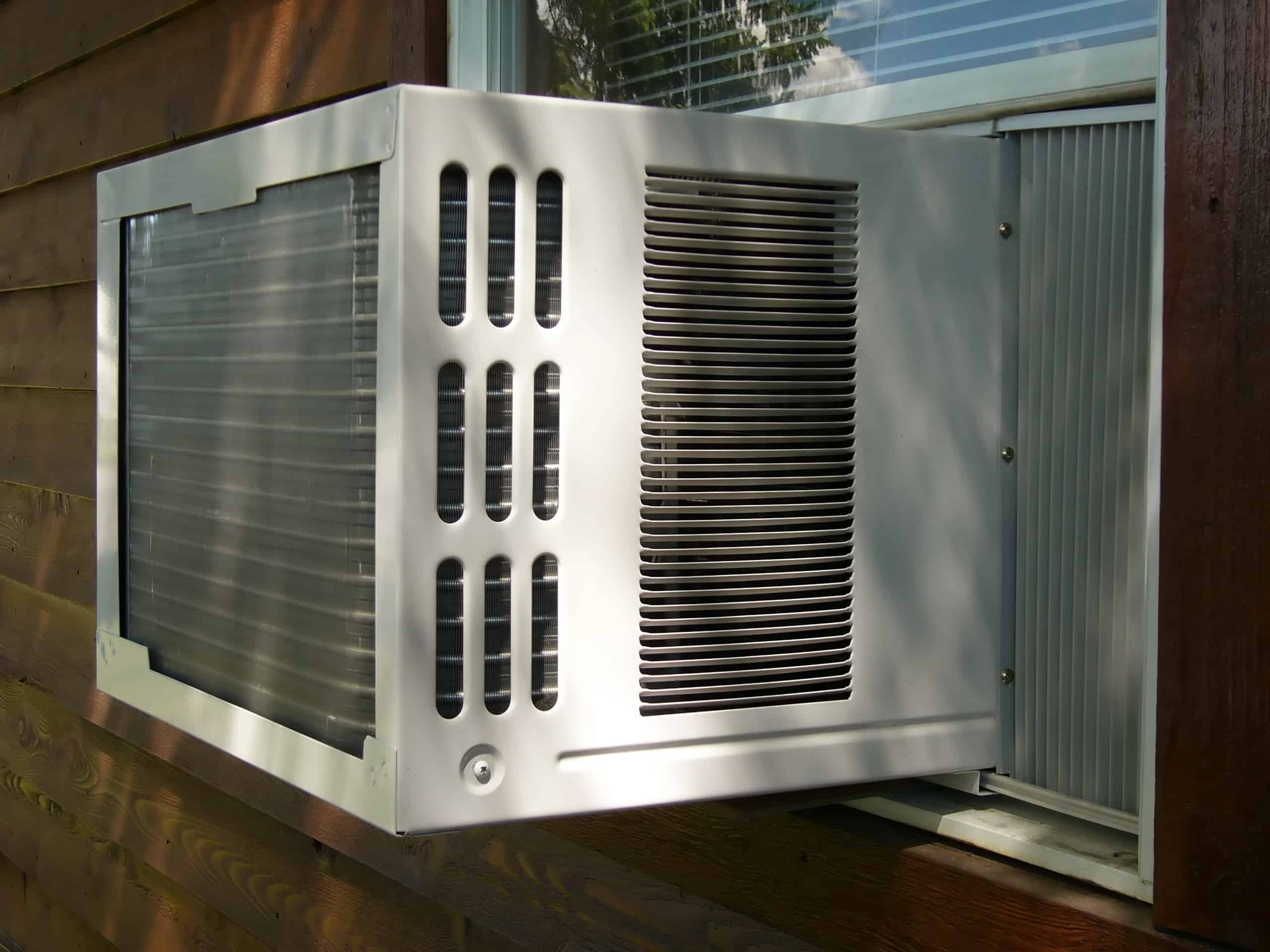 Split Air Conditioners
Split Air Conditioners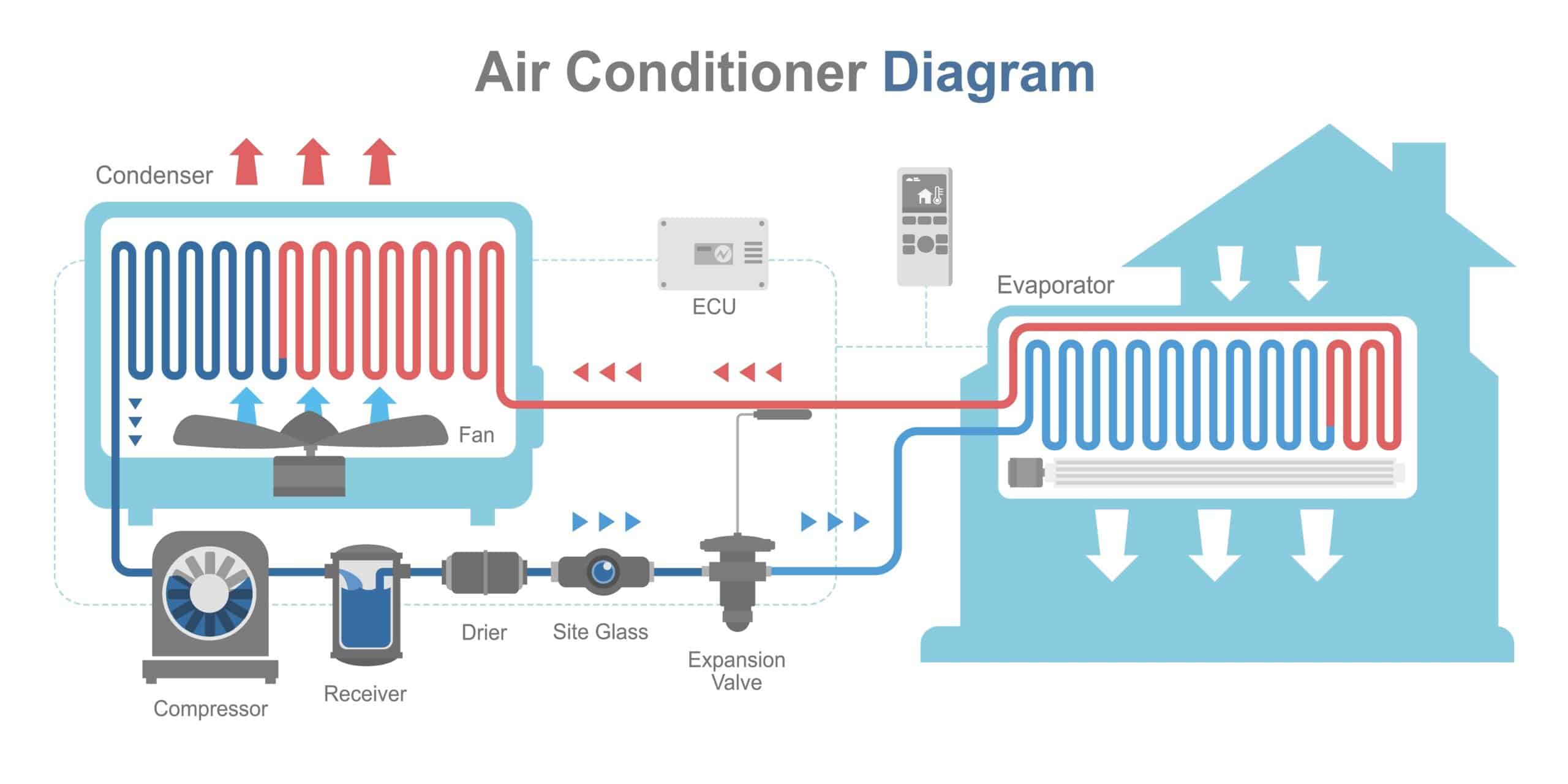 Air Conditioning Cooling Cycle Steps
Air Conditioning Cooling Cycle Steps